- Size
- Smallest
- Small
- Small to Medium
- Medium
- Large
- Giant
- Characteristics
- Smartest
- Hypoallergenic
- Fluffy
- Best Guard
- Best Family
- Best for Kids
- Low Shedding
- Healthiest
- Police Dogs
- Most Calm
- Quietest
- Color
- White
- Black
- Grey
- Brown
- Blue
- Red
- Coat
- Hairless
- Short
- Long
- Origin
- Japan
- China
- Australia
- Germany
- Italy
- United States
- France
- Group
- Hound
- Terrier
- Herding
- Toy
- Working
- Sporting
The 4 Reasons Behind Dogs Avoiding Eye Contact
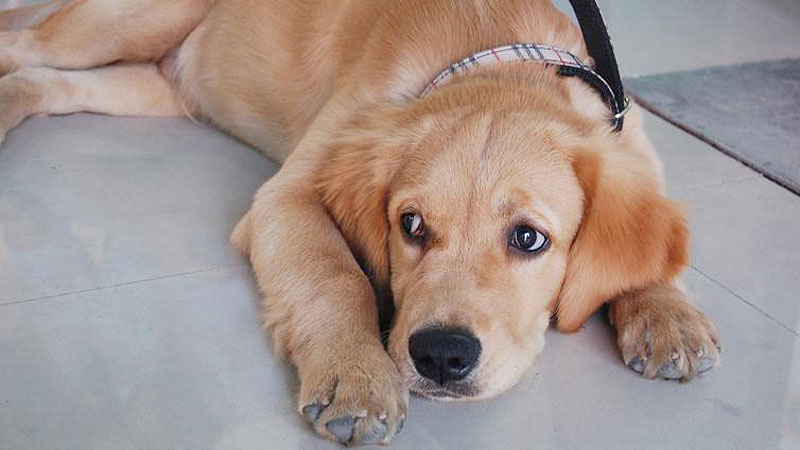
Photo by Jude Wilson on Unsplash
In the intricate tapestry of canine communication, eye contact serves as a powerful and nuanced tool. Dogs, being highly social animals, employ eye contact to convey a spectrum of emotions and intentions, not only with humans but also with their fellow canines. While it's common for dogs to establish eye contact as a means of connection, it's equally crucial to recognize that in the animal kingdom, prolonged or intense eye contact can be interpreted as a form of confrontation or challenge. Understanding the subtleties of canine eye contact, including when a dog avoids it, provides valuable insights into their state of mind, signaling submission, respect, or a desire to avoid conflict.
Understanding the Canine Perspective
To comprehend why dogs may avoid eye contact, it's important to consider their natural behavior and evolutionary history. Dogs are descendants of wolves, and while they have undergone significant changes through domestication, they still retain certain instinctual behaviors.
In the wild, direct eye contact can be seen as a threat or a challenge. Wolves typically use indirect eye contact as a way to communicate non-aggression and a willingness to peacefully coexist. By averting their gaze, dogs may be instinctively displaying similar non-threatening behavior.
Additionally, dogs communicate primarily through body language, vocalizations, and scent. They rely less on direct eye contact as a means of communication, unlike humans who heavily rely on this form of connection. Recognizing and honoring these differences can help us understand why dogs choose to avoid eye contact at times.
When a Dog Avoids Eye Contact: Interpreting the Signals
1. Lack of Trust or Fear
One common reason dogs may avoid eye contact is a lack of trust or fear. Dogs who have not had positive experiences with humans or have been subjected to mistreatment in the past may associate direct eye contact with negative or threatening situations. In order to feel safe, they prefer to avoid eye contact altogether.
This behavior can also be observed in shy or anxious dogs. These dogs may be more easily overwhelmed by direct eye contact, perceiving it as an invasion of their personal space. They may avert their gaze to alleviate stress or anxiety.
This behavior is common in rescue or adopted dogs who may have had negative experiences in the past. As trust develops, they may become more comfortable with sustained eye contact.
2. Submission and Avoidance
Avoiding direct eye contact can also be a submissive behavior in dogs. In the social structure of canines, eye contact can be perceived as a challenge or a display of dominance. Dogs who are lower in the hierarchy may avoid eye contact with dogs higher-ranking to show deference and avoid conflict.
When interacting with humans, some dogs may exhibit submissive behavior by avoiding eye contact. This is their way of expressing respect for their human companion's position as the leader of the pack.
3. Sensory Overload
Dogs have highly developed senses, including their ability to hear and smell. When their senses are overloaded, they may become overwhelmed and avert their gaze as a way to cope with the stimulation.
For example, loud noises, strong smells, or crowded spaces can overstimulate a dog's senses, causing them to avoid eye contact. In these situations, their attention may be directed towards processing the sensory information rather than maintaining eye contact.
4. Respect for Personal Space
Dogs, like humans, have their own preferences for personal space. Some dogs may simply prefer a bit more distance and avoid direct eye contact as a way to maintain their personal space boundary.
This behavior is not necessarily a sign of fear or anxiety but rather a dog asserting their independence and desire for space. It is important to respect their preferences and not force intimacy or excessive eye contact if they are not comfortable with it.
Reading Canine Body Language: Additional Cues
Relaxed Body Posture:
A dog avoiding eye contact while maintaining a relaxed body posture signals a non-threatening and calm demeanor.
Ears and Tail Position:
Observing the position of the ears and tail in conjunction with eye contact provides a comprehensive understanding of a dog's emotional state. Raised ears and a wagging tail may indicate friendliness, while lowered ears and a tucked tail may suggest fear or submission.
Playful Behavior:
During play or in a relaxed setting, dogs may engage in brief bouts of eye contact. Playful eye contact is often accompanied by wagging tails and other signs of excitement.
Interacting with Dogs: Best Practices
Respect Personal Space:
Allow dogs the space they need, especially if they exhibit signs of avoiding eye contact. Forcing eye contact can be perceived as intrusive.
Observe Comfort Levels:
Pay attention to a dog's overall body language to gauge their comfort levels. If a dog seems tense or uneasy, it's advisable to give them space.
Build Trust Gradually:
When building trust with a new dog, adopt gradual approaches. Let them initiate eye contact at their own pace.
Professional Guidance:
Seek guidance from professional trainers or behaviorists if dealing with a dog displaying persistent behavioral issues related to eye contact.
Conclusion
Understanding why a dog may avoid eye contact is crucial for strengthening your bond with your furry friend. Whether it's due to fear, lack of trust, submission, sensory overload, or a desire for personal space, it's essential to respect their comfort levels and preferences.
By providing a supportive and positive environment, using positive reinforcement training techniques, and seeking professional guidance when needed, you can help your dog build confidence, trust, and ultimately feel more comfortable engaging in eye contact and strengthening your connection.
Remember, every dog is unique, and some may be more comfortable with eye contact than others. The most important aspect of building a strong bond with your dog is based on love, trust, and mutual respect. Embrace their individuality, communicate effectively, and cherish the unique relationship you have with your loyal canine companion.
You May Also Like
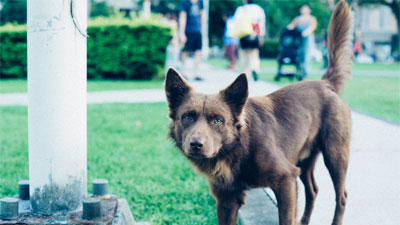 Dog BehaviorHow Do Dogs Show Their Emotions?
Dog BehaviorHow Do Dogs Show Their Emotions?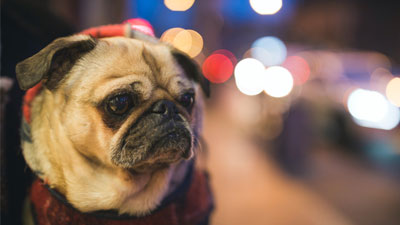 Help & Advice7 Reasons Why Dogs Always Keep Their Mouths Closed
Help & Advice7 Reasons Why Dogs Always Keep Their Mouths Closed Dog BehaviorWhy Do Dogs Yawn? and The Meaning Behind
Dog BehaviorWhy Do Dogs Yawn? and The Meaning Behind Help & AdviceThe 4 Reasons Behind Dogs Avoiding Eye Contact
Help & AdviceThe 4 Reasons Behind Dogs Avoiding Eye Contact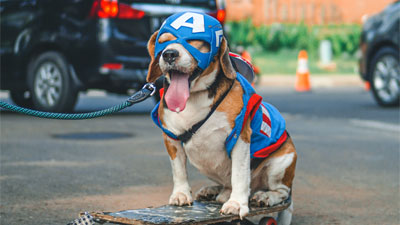 Help & AdviceWhat Is The Hardest Dog Trick?
Help & AdviceWhat Is The Hardest Dog Trick?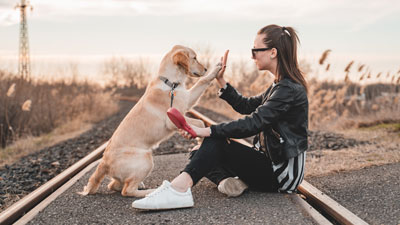 Dog Training TipsHere are the 7 Most Important Dog Commands
Dog Training TipsHere are the 7 Most Important Dog Commands